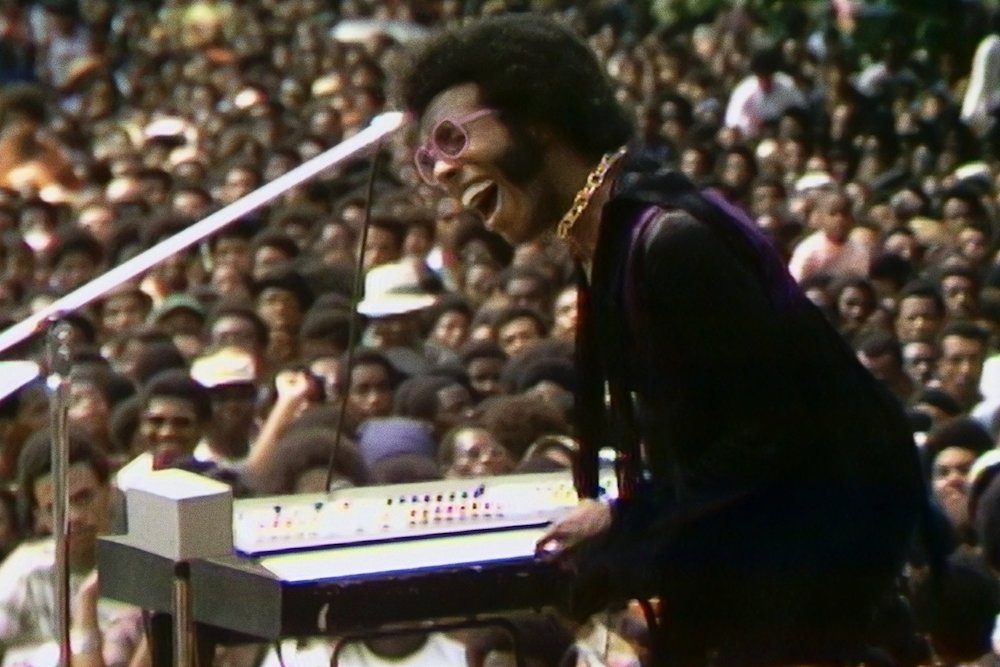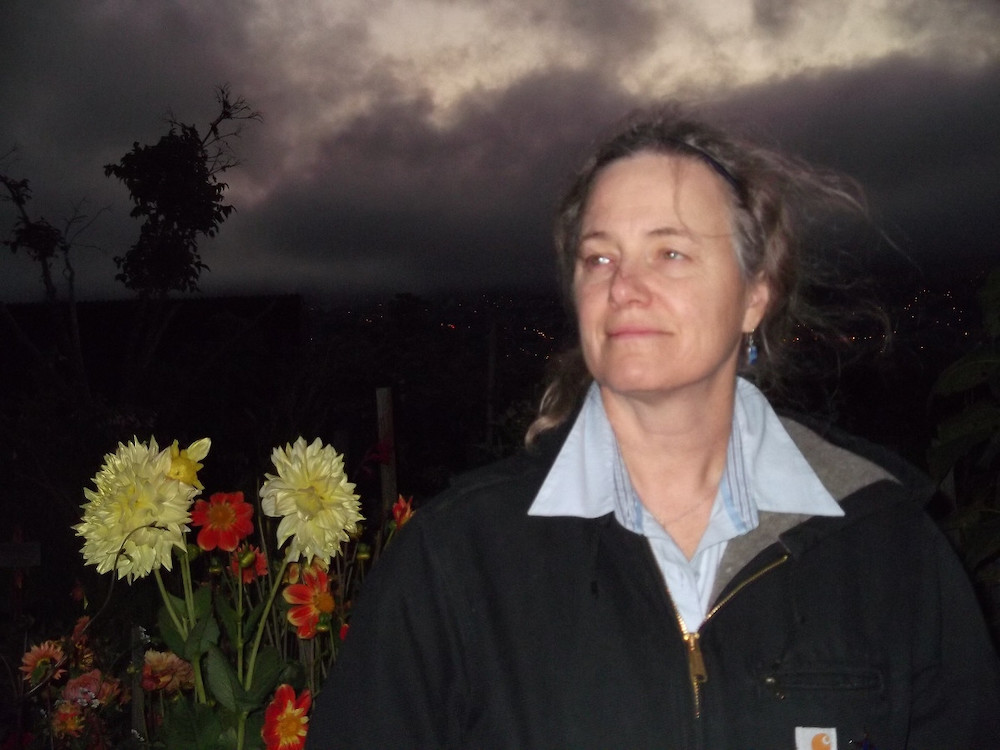America: land of the free, home of the brave. A country, as our cultural mythos would have it, sans the social restrictions of the Old World. A country, thanks to the competitive fervor of meritocratic capitalism, without class. But we know this isn’t true: the idea of the United States as a land of the Protestant work ethic and the righteously rich is a fantasy, one especially relevant in the world of the arts. As the poet Cynthia Cruz painstakingly illustrates in her new book The Melancholia of Class: A Manifesto for the Working Class, an expansion of her 2019 essay of the same name, the working class is more often than not shut out of the arts in the contemporary U.S., reliant as this world is on low wages, credentialism, and social networking. In chapters that combine her own personal experiences as a working-class writer and the work of many American and international writers, artists, musicians, and filmmakers—including Clarice Lispector, Barbara Loden, James Baldwin, the Jam, Cat Power, and more—Cruz explores the “melancholia” that results when a working-class artist abandons their origins and is subsumed into the middle and upper classes. In a world that denies their very existence, she argues, the working-class artist is a ghost: “neither dead nor alive, the working class exists between worlds.” Drawing on theoretical frameworks from Mark Fisher and Freud, as well as some good old-fashioned proletarian internationalism, Cruz makes a convincing argument as to how the working class can best resist assimilation and instead continue to make provocative, formally experimental work that transcends the borders of both class and country. —Rhian Sasseen
While much of the world turns its attention to Tokyo for one of the most ill-advised sporting events in recent memory, I’ve been spending my time in a different iteration of Japan’s capital: the lovingly crafted, densely packed world of Yakuza 0. I’ve played only a few chapters of the game so far, but much of it takes place in Kamurocho, a light fictionalization of the Tokyo nightlife district Kabukichō. The year is 1988, the Japanese economy is booming, and Kazuma Kiryu, a low-ranking member of the Tojo Clan crime family, has just been framed for murder. As Kiryu, the player works to clear his name, dredging deeper and deeper into the city’s muck of criminal activity. The main story is one of the most thrilling crime dramas I’ve encountered, which is all the more surprising given that a good portion of it revolves around a real estate dispute. But where Yakuza 0 shines most is in the downtime between plot beats, when Kiryu is free to roam the neighborhood and encounter the strange characters who populate its streets. An earnest back-alley mushroom merchant struggles to understand why his customers think he sells drugs. A dominatrix fails to grasp the authority needed to perform her job well. An enormous man named Mr. Shakedown proclaims his ambitions of standing “at the apex of ALL organisms.” In each and every situation, the comically straitlaced Kiryu does his best to help. Yakuza 0 is something wholly unique: a perfect blend of intricately plotted prestige drama and slapstick, thoroughly bonkers comedy, all of it undergirded by some of the best writing in modern video games. —Brian Ransom
“What is Honey Mine?” asks Eric Sneathen, coeditor of the short story collection by Camille Roy, in an interview with the author. “Truly, I’m not sure I’ve read a book like this one before.” I’m not sure I’ve read a book like this, either. The stories in Honey Mine, which loosely follows the coming-of-age arc of a young lesbian and “explores what it takes to survive as a young sex and gender outlaw in the heart of America,” are utterly unpredictable. The various plots continually catch me off guard, but even from sentence to sentence, I can never tell what’s coming—Roy’s true staying power lies in the line. Coeditor Lauren Levin calls this phenomenon “the Camille sentence”: “Like pornography or delight, I know it when I see it. It’s often deceptively clear, but its translucency glows with obscure depths. The Camille sentence has a touch of the aphoristic, the gnomic: it prefers the suggestive to the interpretable. It’s wise and brash. Mordantly witty, it never outstays its welcome. Instead, it snaps shut on its moment, then stays open in the mind.” The Camille sentence is, in short, provocative—not necessarily in content but in the sense that the reader is poked and prodded to go somewhere they would not have otherwise gone. I find myself particularly taken with Roy’s highly self-aware and mind-bending meditations on writing. Take this short excerpt from the first story of the collection, “Agatha Letters”: “This paragraph, for instance. I think it’s a dwelling place for a sort of ghost, one who whines, craves visitors, is erotically frustrated. Into the eternal present (which is eternal because it never arrived in the first place), the hapless reader stumbles, turns around in confusion, then crashes through the rear exit. Reading is a kind of crashing through meaning—as the ghost is my witness.” Reading Honey Mine, I am constantly crashing through meaning and emerging on the other side—as the author-specter Camille Roy is my witness. —Mira Braneck
Over the past few days I’ve been pulled into Venita Blackburn’s How to Wrestle a Girl. Blackburn’s voice is so nimble, toggling cooly between narrators and forms; she is a writer obviously in control of her craft and playing with its limitations. Blackburn can also be quietly vicious, breaking your heart with such a clean blade of controlled style that you don’t realize it’s happened until you’ve reached the end. —Lauren Kane
Streamed pandemic concerts in which my favorite artists launch their new albums from remote locations, even—perhaps especially—if they’re well filmed, simply aren’t the same thing as live music, not by a long shot. I miss the heat in the room, the bass rumbling through the floor, the tall guy standing in front of me who took the place of the other tall guy who was standing in front of me until he went to get a beer. Live music, like friendship, is best experienced outside the confines of a tiny digital box. The closest I’ve come to seeing live music in a year and a half is watching the amazing new documentary Summer of Soul, directed by Questlove, that jack-of-all-musical-trades. The film brings to light extraordinary footage, captured with multiple cameras in still-brilliant color, of the 1969 Harlem Cultural Festival, a several-weekend concert series produced the same summer as Woodstock. The festival was filmed with the intention of broadcasting the result, but according to Summer of Soul, nobody wanted to air it, so the reels stayed hidden in a basement until now. The documentary is utterly immersive; this is as close as you’re going to get to attending live performances by Nina Simone, Sly and the Family Stone, Mahalia Jackson, Gladys Knight and the Pips, a nineteen-year-old Stevie Wonder, and many others. All of the performers are visibly energized by playing before an overwhelmingly Black audience at a time when the U.S. was a powder keg of racial tension—you can feel that they feel they are doing something important. And beyond enjoying the music, I felt that, as a viewer, I was doing something important, too, by bearing witness to this document of an event that took place during a moment when music was a balm and essential community-building force. The 1969 Harlem Cultural Festival should be just as legendary as the other music festival that took place that summer. —Craig Morgan Teicher

Sly Stone performs at the Harlem Cultural Festival in 1969, featured in the documentary Summer of Soul. Photo courtesy of Searchlight Pictures. © 2021 20th Century Studios. All rights reserved.
from The Paris Review https://ift.tt/3fdxfNV


Comments
Post a Comment